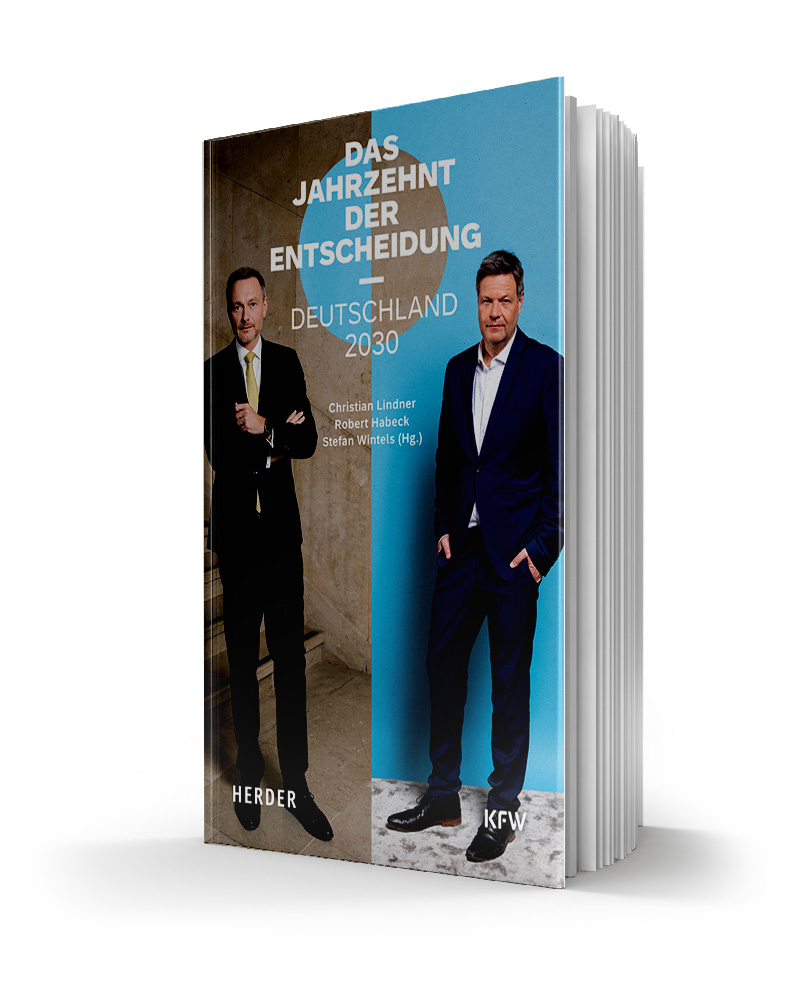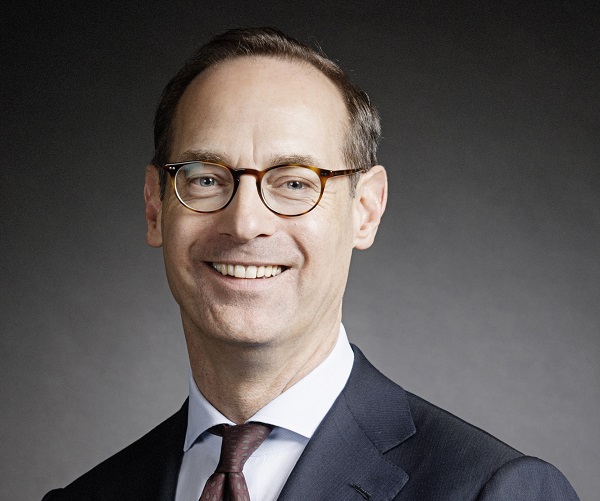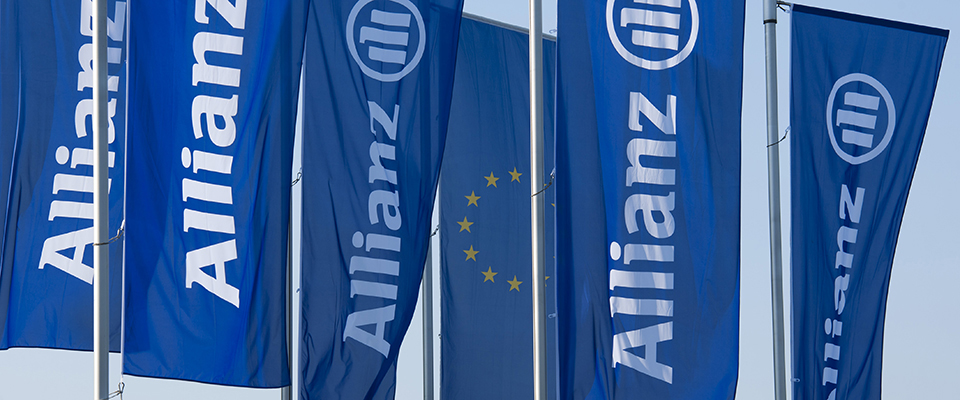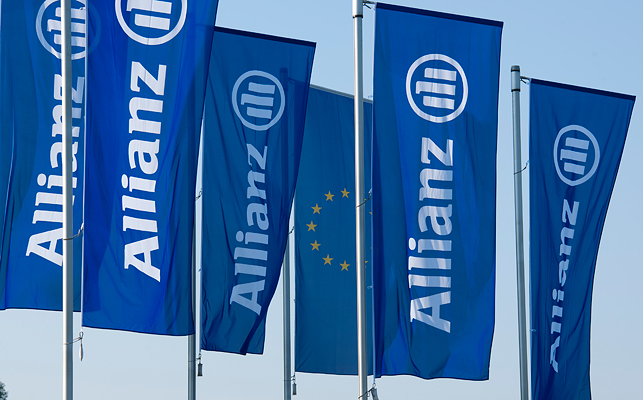The problem is that this development is impeded by numerous regulatory requirements. European Union rules on state aid are a particularly significant obstacle. These rules are actually intended to ensure a fair internal market. And they’re meant to prevent the European Union’s 27 governments from tilting the playing field in favor of domestic companies or economic sectors.
This approach has done good service for the EU up to now, but it poses almost insurmountable obstacles for the financing of projects relating to the climate. One such obstacle comes from the fact that state support is not allowed to distort competition. Proving the absence of such distortion is a complex, heavily bureaucratized undertaking – and often scarcely possible in the case of climate-related projects in particular.
Take clean hydrogen as an example. If governments hold firm to their commitments, hydrogen is going to become an important energy source. By 2050 it may account for up to 24% of the world’s energy demand. It could drive trucks, ships and aircraft – in a word, it might become the key to climate-neutral mobility. Last but not least, hydrogen might stabilize our electric grids, enabling us to store surplus renewable energy during the day and feed it back into the grid at night. That’s a courageous, encouraging vision. But getting there will be no easy task – because generating clean hydrogen will need extensive investment, for instance in catalysts and a storage infrastructure. On top of that, the existing gas infrastructure will need to be retrofitted for this new energy source. Still more, we’ll have to continue expanding the network to carry hydrogen from future production sites to Europe’s economic centers.
Another matter we’ll have to address is the regulatory and solvency treatment of blended finance vehicles. As is well known, insurance companies like the Allianz Group are covered by “Solvency II,” a European Union Directive that governs insurers’ capitalization, organization and disclosure obligations. Following the global financial crisis of 2008 and 2009, risk capital regulations were tightened substantially. Ever since, companies regulated by Solvency II must maintain significantly more risk capital for investments associated with a securitization structure than for an investment in a vehicle not classified as a securitization. The same also goes for the structures typical of a blended finance fund, and if the rule were to be applied, it would make such funds unattractive for many investors. To avert that today, very complicated, non-transparent fund structures often come into play. We urgently need to simplify that.





